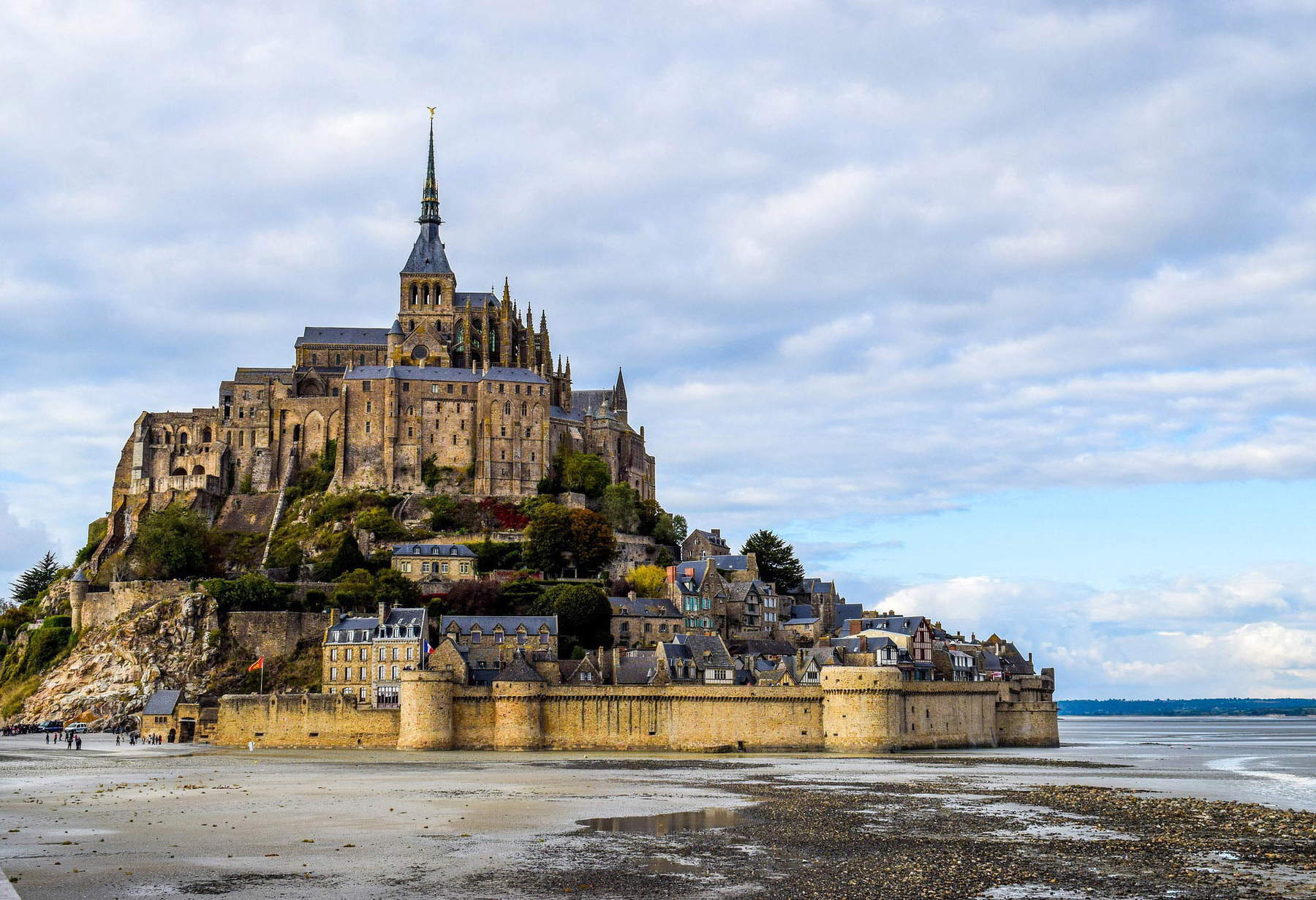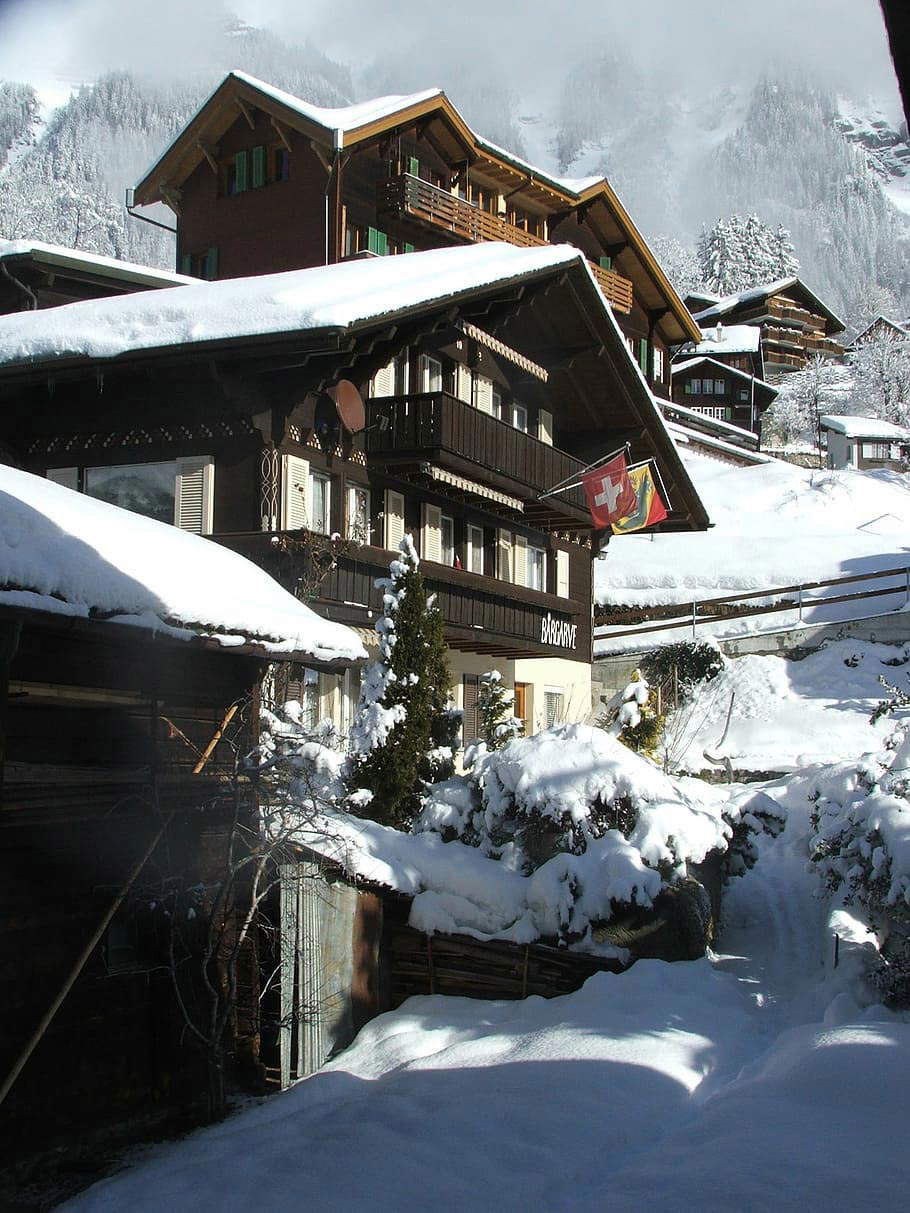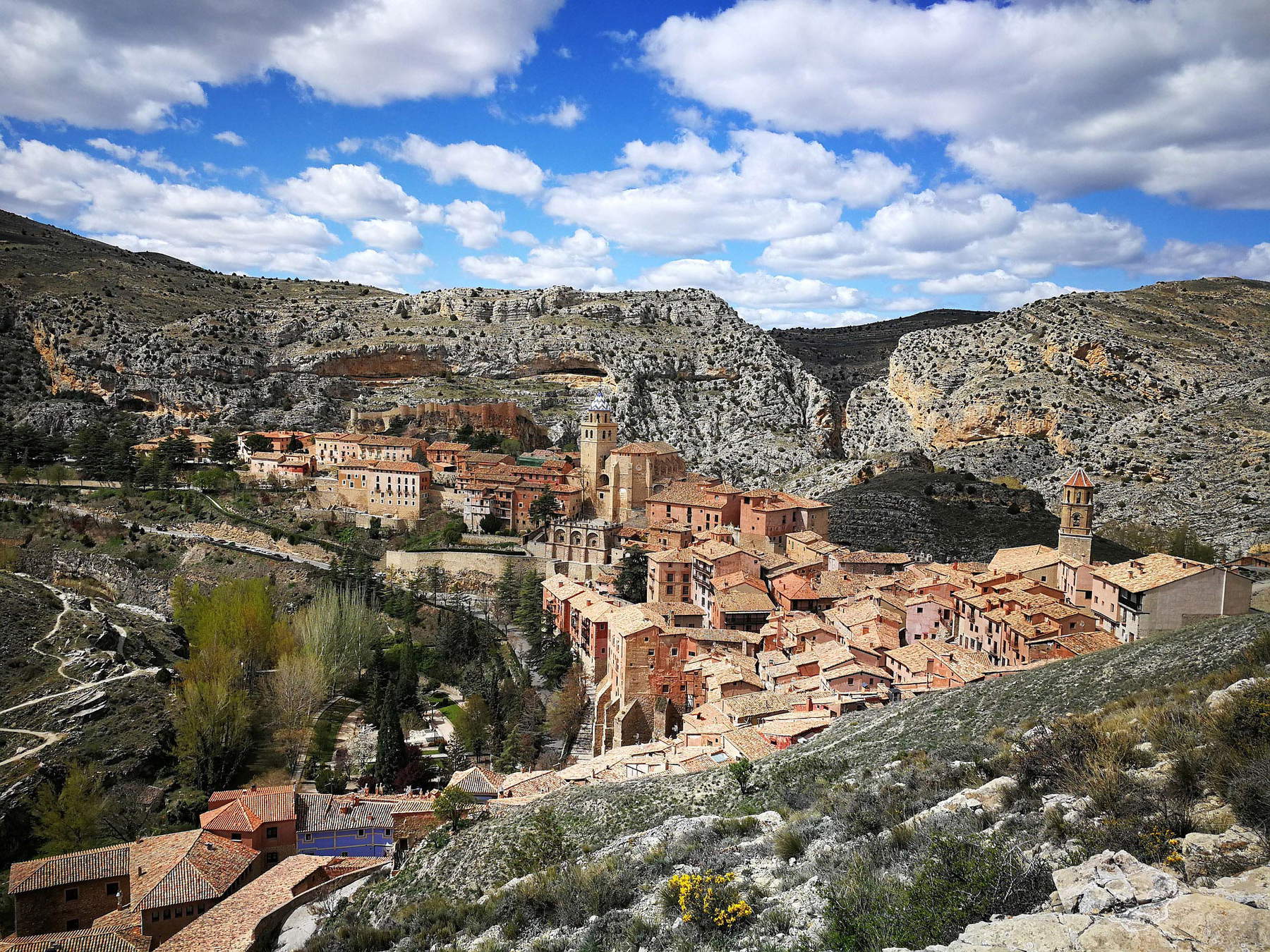Here are the 20 most spectacular villages in Europe according to Jetcost. Three are Italian
The flight and hotel search engine Jetcost(www.jetcost.it) has compiled a list of what it considers to be the “twenty most spectacular villages in Europe,” based on its users’ recommendations from thousands of locations across the continent. Twenty of these are in Italy: they are Pitigliano (you can also find an article about this Tuscan village on Finestre Sull’Arte), Ravello and Manarola. But here is the full list of the villages below.
Pitigliano (Italy)
It is located in Maremma and stands on a tuffaceous outcrop. It has medieval origins, is surrounded by Etruscan sites (some ancient tombs were also used as cellars in the past), and is also known as the “Jerusalem of Italy” for its small but industrious Jewish community that came to account for a quarter of the population centuries ago, but was later almost wiped out in the Fascist era.
 |
| Pitigliano |
Ravello (Italy)
Among the most beautiful resorts on the Amalfi Coast, it is situated on a promontory overlooking the sea and was a favorite resort for stars and personalities such as Greta Garbo, Jacqueline Kennedy or Tennessee Williams. Ravello is known for its gardens, villas, and cliffs, but art lovers also know it for the extraordinary Duomo amboes that represent two masterpieces of medieval European sculpture.
 |
| Ravello |
Manarola (Italy)
It is one of the five villages of the Cinque Terre (the others are Riomaggiore, Corniglia, Vernazza and Monterosso al Mare), known for its carrugi (the narrow alleys that crisscross the historic center), its glimpses of the sea, Schiacchetrà (the celebrated liqueur wine typical of the Cinque Terre), for the presence of artists who chose it as a vacation spot, and for its spectacular nativity scene, set up every year with huge luminous figures that decorate the promontory and can be seen from afar.
 |
| Manarola |
Èze (France)
Located on the Côte d’Azur overlooking Saint-Jean Cap Ferrat, it sits on a rock 400 meters above sea level and has medieval origins: see, the 12th-century castle, the maze of the old town and the villas that cling to the hillside overlooking the sea.
 |
| Èze |
Mont Saint Michel (France)
World-famous resort and international tourist destination for many of its special features: it is a small island connected to the mainland when the tide is low, but which becomes all surrounded by the sea when the water rises. Home to a very old abbey dating back to the 10th century and a pilgrimage destination (it is visited each year by about 50,000 pilgrims on St. Michael’s Day), Mont Saint Michel is now part of the UNESCO World Heritage Site.
 |
| Mont Saint Michel |
Autoire (France)
It is located in the Lot department, near the Dordogne, and is a medieval village where it seems that nothing in 800 years has changed: see the splendid castle, the honey-colored houses, and the spectacular landscape, since Autoire is wedged in a basin of high limestone cliffs.
 |
| Autoire |
Polperro (England)
Curious and surprising Cornish village characterized by narrow, winding alleys and cottages perched on steep slopes overlooking a small harbor. An ancient and quaint fishing village, Polperro is one of the most popular destinations in this region of southern England.
 |
| Polperro |
Hallstatt (Austria)
The image of the small town rising above the lake with the spire of its church in the background is one of Austria’s most famous postcards: the village sits on the rocky western shore of the Hallstätter See, with the towering mountains framing it behind. Halstatt is famous for salt production, and it is because of its mines that it has ancient origins, so much so that prehistoric settlements have even been found here.
 |
| Hallstatt |
Wengen (Switzerland)
A well-known location for ski enthusiasts, since the longest (and most spectacular, along with the Kitzbühel downhill) of the Alpine Skiing World Cup is held in Wengen. But the village, which can be reached by Alpine train, is also a gem, with its wooden chalets perched on the Lauterbrunnen valley. A place to stay both in winter (where even its population increases tenfold due to the many skiers who reach it) and in summer.
 |
| Wengen |
Deià (Spain)
Deià is located on the northern coast of the island of Majorca and is home to writers, painters and musicians. It lies in a valley in the shadow of the Serra de Tramuntana, and is home to a group of stone houses with terracotta roofs that seem to embrace the spectacular mountain range behind it.
 |
| Deià |
Albarracín (Spain)
In 2018, Albarracín was chosen as the most beautiful city in Spain according to Spaniards, following a competition launched by El País newspaper. Once the capital of the kingdom of Taifa, Albarracín is a shining example of a town in which evidence of the Christian and Islamic Middle Ages that characterized southern Spain coexist. The historic center has been declared a heritage site of cultural interest. The town is known for its imposing walls, the perimeter of which far exceeds the area of the town center.
 |
| Albarracín |
Bulnes (Spain)
It is located in Asturias, in the middle of the Picos de Europa National Park: it is a village of stone houses of just 34 inhabitants. Before 2001, this mountain settlement was isolated in that one could only get there by walking on mountain trails. Since that date you can also get there via the new funicular railway that connects it to the village of Poncebos. Bulnes is also known to all climbers as nearby is El Naranjo de Bulnes, a destination for mountaineering and climbing enthusiasts.
 |
| Bulnes |
Puerto de Mogán (Spain)
A small tourist resort on the island of Gran Canaria, Puerto de Mogán is built on a network of canals frequented by fishermen. It is also known for its beaches that attract tourists from all over the world in summer.
 |
| Puerto de Mogán |
Kazimierz Dolny (Poland)
A small historic town on the Vistula, characterized by cobblestone streets, well-preserved Renaissance buildings, and the picturesque ruins of a medieval castle, but it is also known for its magnificent panoramic views of the surrounding countryside.
 |
| Kazimierz Dolny |
Óbidos (Portugal)
Óbidos is an ancient fortified town near Lisbon: in the 13th century, Queen Isabella of Portugal was so enamored of this village that her husband, King Dionysius I, gave it to her as a gift. Today, thanks to its perfectly preserved medieval architecture, it has become a popular tourist destination. The village also produces a cherry liqueur known as ginjinha de Óbidos, which is also loved throughout the rest of Portugal.
 |
| Óbidos |
Monsanto (Portugal)
The entire village of Monsanto in east-central Portugal, not far from the Spanish border, is built on rocks, with houses often carved into the mountainside. Streets twisting through the rocks are lined with red-roofed buildings that have remained almost unchanged since the village was founded in the 12th century (although there are traces of older settlements, even from the Paleolithic period). In 1938 it was awarded the honor of Portugal’s “most Portuguese” town.
 |
| Monsanto |
Monsaraz (Portugal)
A town of just under 1,000 inhabitants in the Évora district on the border with Spain, it rises above the Guadiana valley in a landscape surrounded by farms. The town is bordered by large brick walls, built in medieval times. In the selection made by Jetcost.co.uk, users appreciate two other aspects: the wines produced in the areas that can be tasted in the many wineries, and the spectacular sunsets.
 |
| Monsaraz |
Mittenwald (Germany)
This is a typical Bavarian village with beautifully ornate houses with attention to detail and painted facades. Goethe described the houses of Mittenwald as “a picture book come to life.” Some say it is the most beautiful village in the Bavarian Alps, which provide the backdrop. The village is also famous for its craftsmen who make violins; one of them, of gigantic proportions, can be seen in a village square.
 |
| Mittenwald |
Crupet (Belgium)
Crupet is located in a wooded valley in Wallonia and surrounded by a large moat. It dates back to the 13th century and is famous for its medieval castle and caves. Although the castle cannot be visited because it is private, many flock to see its architecture.
 |
| Crupet |
ÄŒeský Krumlov (Czech Republic)
A town that sits on the banks of the Vltava River (which envelops it almost completely), it is known for its spectacular castle with elements from the Gothic, Renaissance, and Baroque periods, as it was built in the 13th century and underwent extensions in the 17th century. The entire historic center of the city, which today has a population of thirteen thousand, is a UNESCO World Heritage Site.
 |
| ÄŒeský Krumlov |
 |
| Here are the 20 most spectacular villages in Europe according to Jetcost. Three are Italian |
Warning: the translation into English of the original Italian article was created using automatic tools. We undertake to review all articles, but we do not guarantee the total absence of inaccuracies in the translation due to the program. You can find the original by clicking on the ITA button. If you find any mistake,please contact us.



























